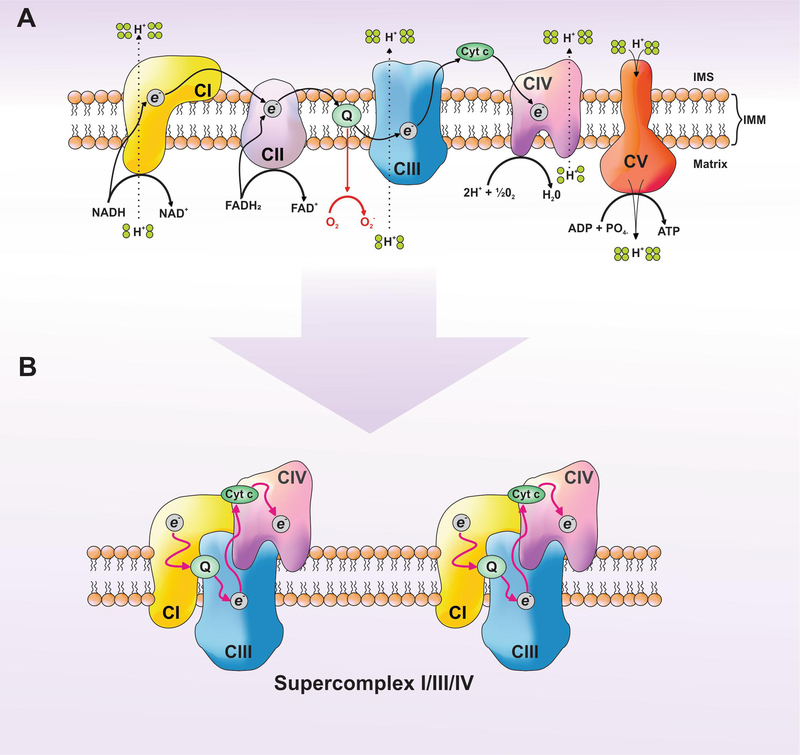Figure 2. The electron transport chain mantains mitochondrial respiration and generates the proton-motive gradient.
(A) Schematic diagram of Complexes I-V (CI, CII, CIII, CIV, and CV), which are integrated in the inner mitochondrial membrane (IMM). CI is the entry point for electrons (e−) via the oxidation of NADH to NAD+. These electrons flow through CI and CII to ubiquinone (Q), which is involved in the reduction of oxygen (O2) to free radicals (O2−). CII acts as a secondary electron entry point via the oxidation of FADH2 to FAD+. Collectively, electrons flow from CIII to reduce cytochrome c (Cyto c), which is then utilized by CIV to reduce molecular oxygen (the final electron acceptor) to water (H20). CI, CIII, and CIV generate the proton motive force (ΔψM) by pumping hydrogen ions (H+) from the mitochondrial matrix into the inner mitochondrial space (IMS). In turn, the H+ gradient generated by the electron transport chain (ETC) drives CV (ATPase synthase) to convert adenosine diphosphate and inorganic phosphate (ADP and PO4-, respectively) into ATP. (B) Assembly of CI, CIII, and CIV into supercomplex structures, which promote efficient e− transport, reduced ROS production and optimal ETC capacity.

